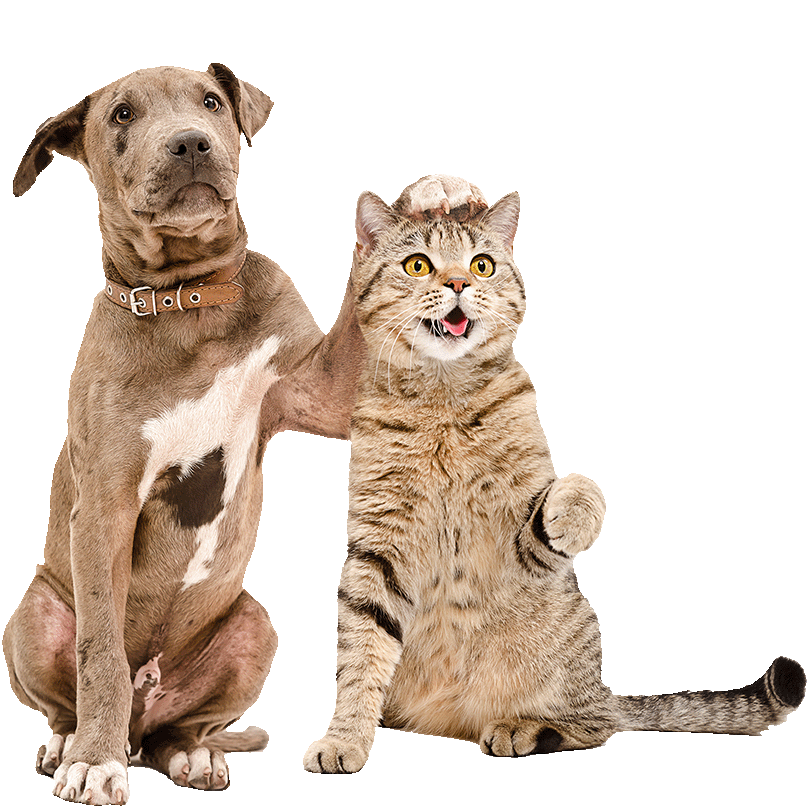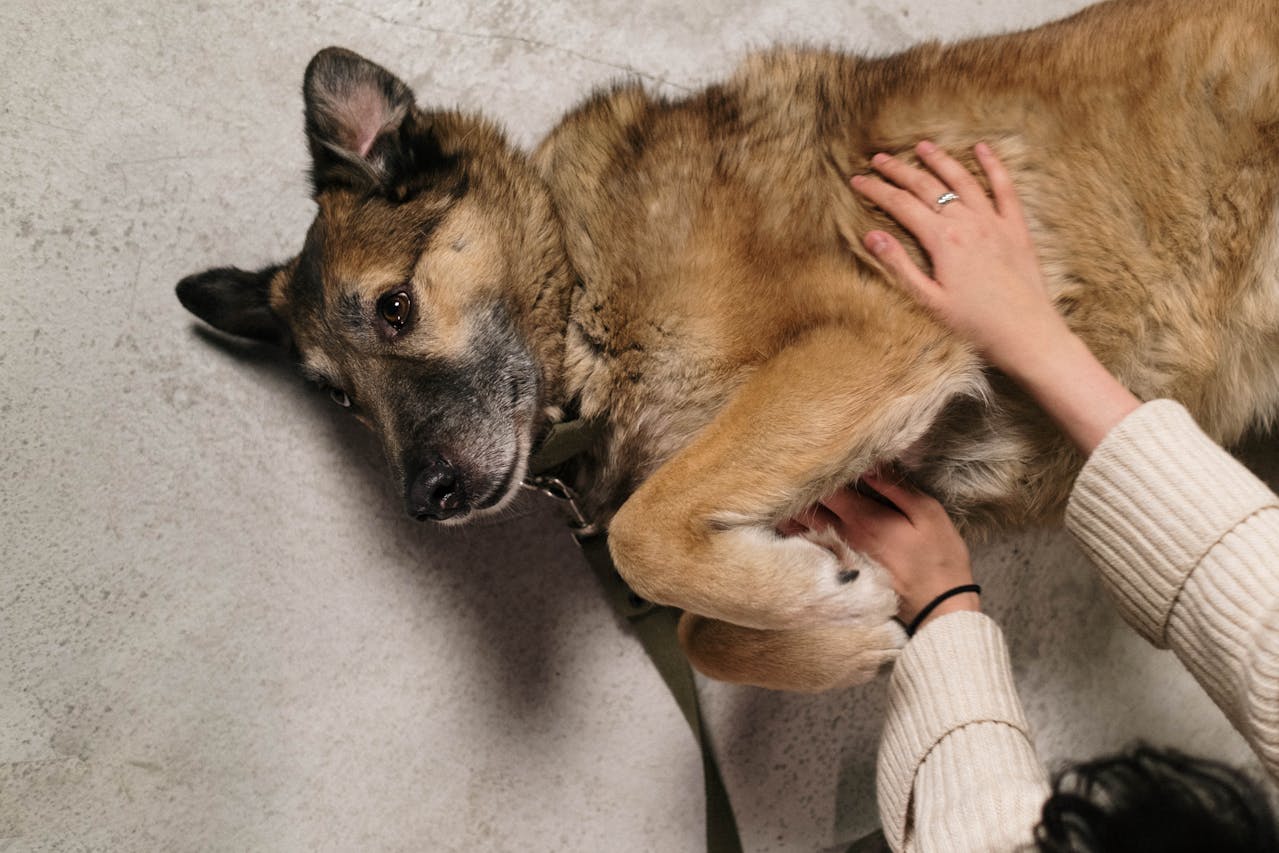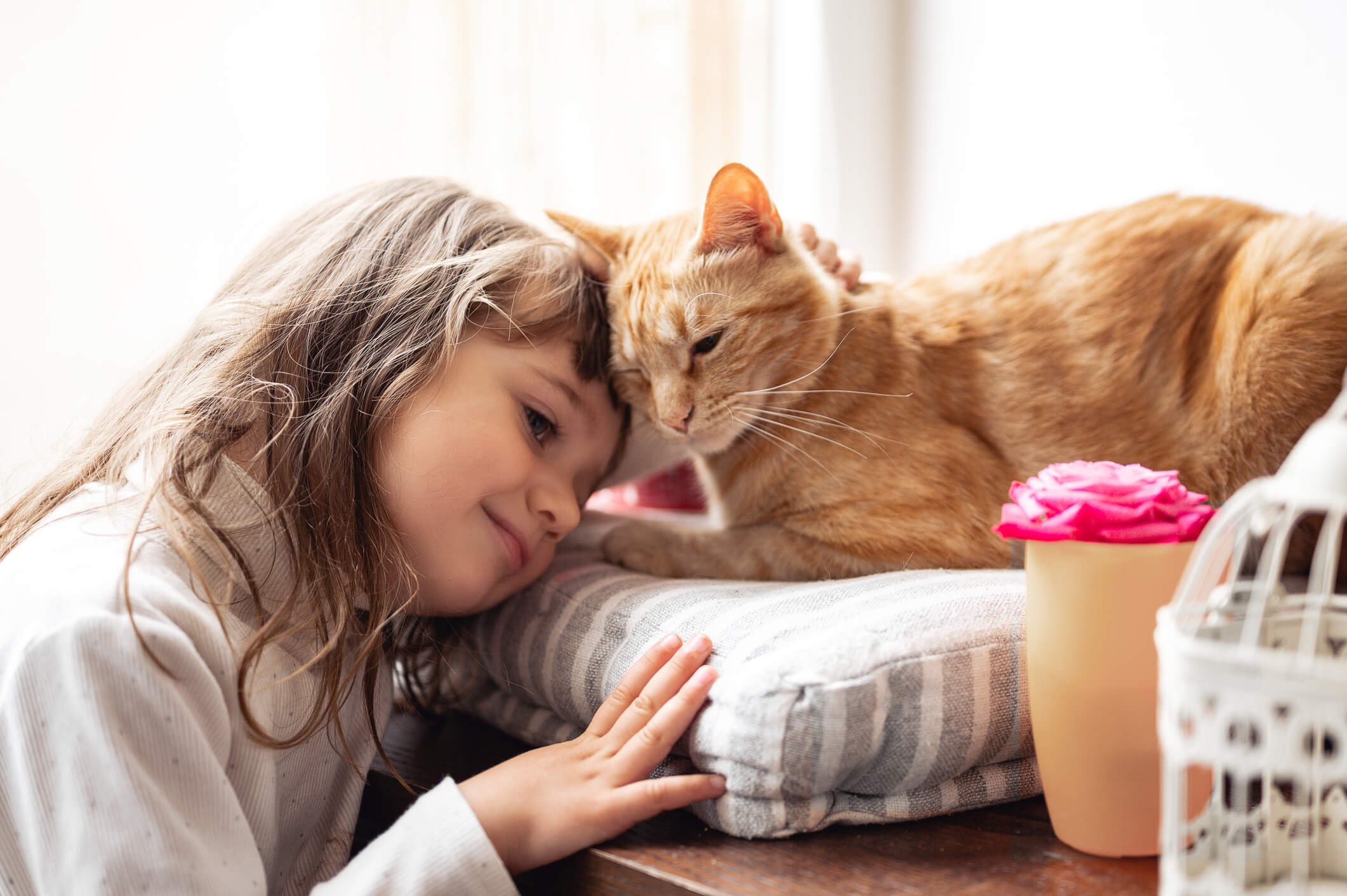Diabetes in Pets: What Every Pet Owner Should Know

There are two main types of diabetes: diabetes mellitus and diabetes insipidus. Both can be serious and require veterinary care. According to Nationwide’s pet insurance data, pet owners filed nearly $3.4 million in claims for diabetes-related treatments in 2016, with vet visits costing anywhere from $180 to $500 per visit.
While managing diabetes can be expensive, the real concern is your pet’s long-term health and well-being.
Diabetes Insipidus: A Water Balance Issue
Diabetes insipidus affects a pet’s ability to regulate water. Normally, a hormone called ADH (anti-diuretic hormone) helps the kidneys conserve water. But in pets with this condition, their bodies either don’t produce enough ADH or their kidneys don’t respond to it properly.
Signs of Diabetes Insipidus
-
Drinking excessive amounts of water (polydipsia)
-
Frequent urination (polyuria)
-
Accidents in the house, even if they were previously house-trained
These symptoms are sometimes mistaken for behavioral issues or other medical conditions, so it’s important to get a proper diagnosis. If left untreated, diabetes insipidus can lead to serious complications like dehydration, weakness, coma, or even death.
Treatment Options
The type of treatment depends on the underlying cause:
-
Central Diabetes Insipidus – Caused by a lack of ADH due to issues like trauma, a pituitary tumor, or congenital defects. Treatment typically involves desmopressin, a medication that replaces ADH. It can be given as a nasal spray, injection, or tablet.
-
Nephrogenic Diabetes Insipidus – This occurs when the kidneys don’t respond to ADH properly. It can be caused by medications, metabolic disorders, or inherited conditions. Treatment often includes thiazide diuretics to help concentrate urine, along with chlorothiazide, an oral medication that supports kidney function.
Regardless of the treatment, making sure your pet always has access to fresh water is crucial to prevent dehydration.
Diabetes Mellitus: A Sugar Imbalance
Also called “sugar diabetes,” diabetes mellitus happens when a pet’s body doesn’t produce enough insulin. This hormone helps regulate blood sugar. It’s more common in dogs (especially females) and cats aged 5 to 7.
Without insulin, sugar builds up in the bloodstream, leading to serious health problems.
Signs of Diabetes Mellitus
-
Weight gain or obesity (common before diagnosis)
-
Increased thirst and urination
-
Increased appetite
-
As the disease progresses: lethargy, vomiting, dehydration, and depression
If untreated, diabetes mellitus can become life-threatening, leading to coma or death.
Treatment and Management
Managing diabetes mellitus is similar to juvenile diabetes in humans—it requires daily insulin injections and a strict diet. Your vet will determine the right insulin dose based on your pet’s weight and response to treatment.
According to Dr. Cori Gross, a Seattle-based veterinarian, preventing obesity is one of the best ways to lower the risk of diabetes:
“The best thing an owner can do to prevent diabetes is to keep their pets from becoming obese. Don’t overfeed pets; ask your veterinarian for a feeding recommendation and keep dogs active with regular exercise.”
While some pets may go into temporary remission, this doesn’t mean they’re cured. Managing diabetes is a lifelong commitment, but with proper care, pets with diabetes can lead happy and healthy lives.
“Once a pet is diagnosed,” says Dr. Gross, “be prepared for a long road ahead. The good news is that this is a treatable disease; however, it may take a while to get a pet regulated, and the medication may need to be adjusted periodically.”
Does Pet Insurance Cover Diabetes?
Many pet insurance policies, including Nationwide, cover diabetes-related expenses—as long as the pet was enrolled before developing the condition.
-
Diabetes mellitus: If a pet is already diagnosed, it won’t be eligible for new policy enrollment.
-
Diabetes insipidus: Pets can still be insured if their condition is stable, but treatments related to diabetes won’t be covered under the policy.
If you’re concerned about potential future health issues, enrolling your pet in pet insurance early can help cover unexpected medical costs.
Final Thoughts
Diabetes in pets can be challenging, but with the right care, treatment, and lifestyle changes, it’s manageable. Whether your pet has diabetes mellitus or diabetes insipidus, working closely with your vet and maintaining a consistent routine will help them live a long, happy life.
Get insurance plans with wide-ranging coverage options













